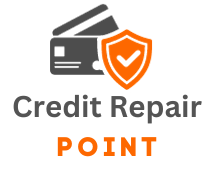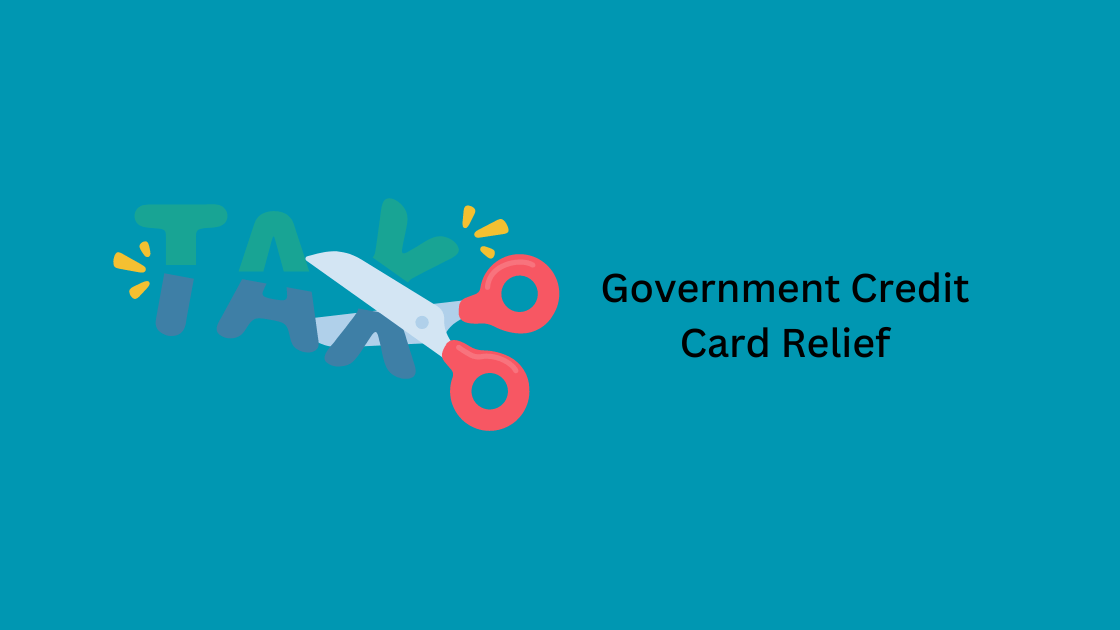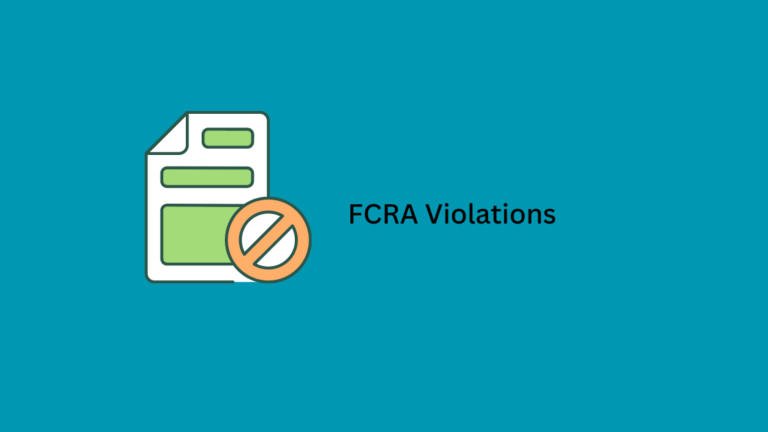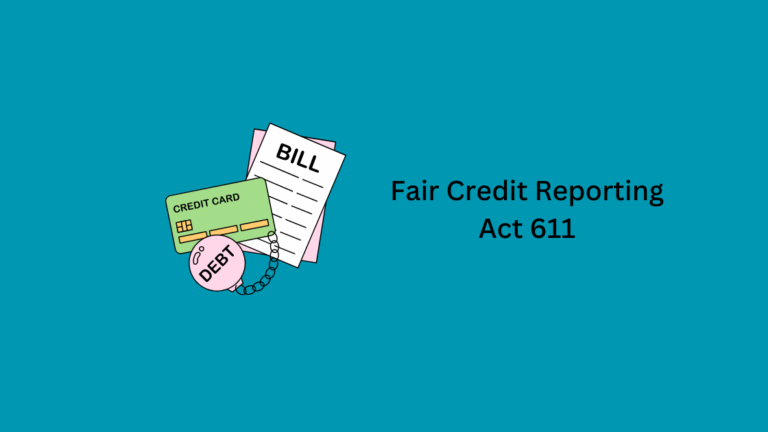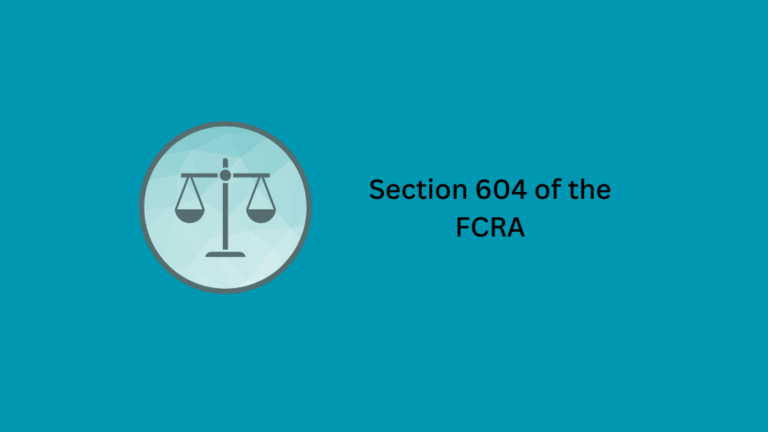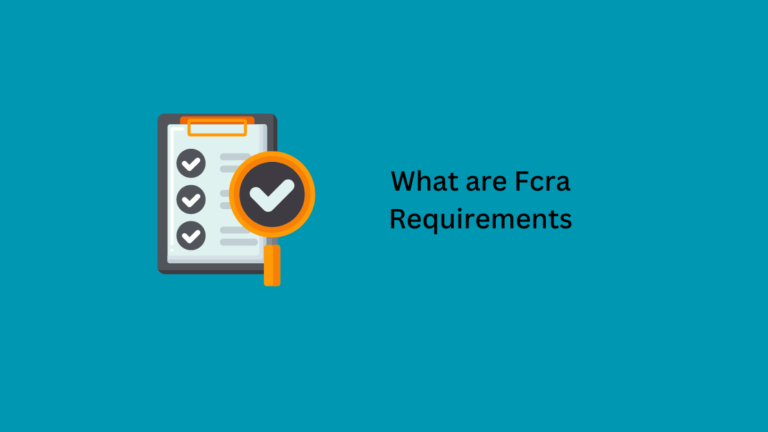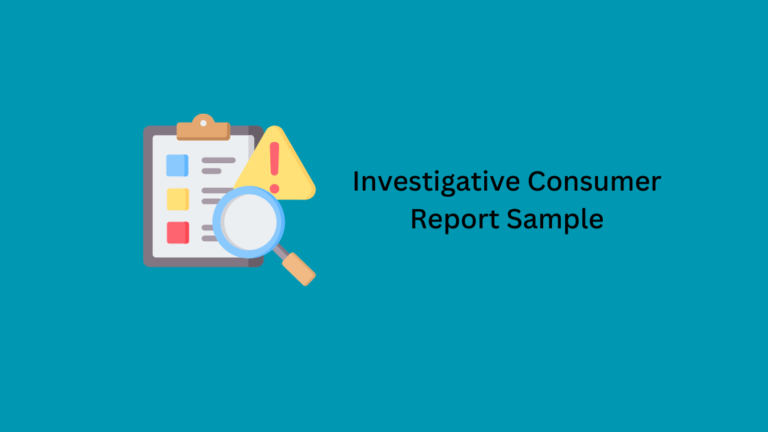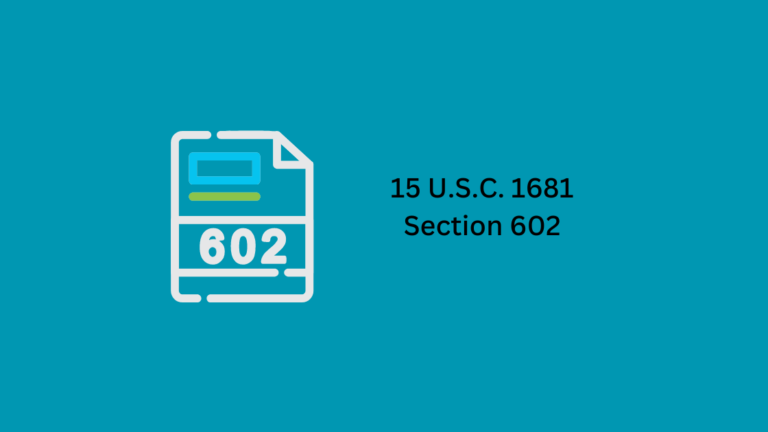Government Credit Card Relief: Transform Financial Future
Government credit card relief programs provide financial assistance to individuals struggling with credit card debt. These programs can reduce interest rates and monthly payments.
Government credit card relief aims to help consumers manage and reduce their debt. Many Americans face high credit card balances and struggle to make payments. Relief programs offer a way to alleviate financial stress and regain control over finances. They often involve negotiating lower interest rates and more manageable payment plans.
By participating, consumers can avoid bankruptcy and improve their credit scores. Understanding the options available can lead to more informed decisions and better financial health. It’s essential to research and choose the right program to suit individual needs.

Credit: www.youtube.com
Introduction To Credit Card Relief
Many people struggle with credit card debt. This debt can be overwhelming. Government credit card relief helps reduce this burden. It offers solutions to ease financial stress. Understanding these solutions is crucial.
Importance Of Credit Card Relief
Credit card relief helps manage debt. It reduces financial pressure on families. Here are some key benefits:
- Lower interest rates.
- Reduced monthly payments.
- Debt consolidation options.
These benefits help people regain control of their finances. They can focus on other important expenses.
Current Financial Landscape
The financial landscape is challenging. Many families face high debts. The economy has been unpredictable. This has increased financial stress.
A recent study shows many households have credit card debt. Here’s a quick overview:
| Year | Average Credit Card Debt |
|---|---|
| 2020 | $5,315 |
| 2021 | $5,525 |
| 2022 | $5,897 |
This table shows an increase in debt over the years. Credit card relief programs can help. These programs provide the necessary support.

Credit: www.debt.org
Government Programs Overview
In times of financial hardship, the government offers credit card relief programs. These programs aim to help individuals manage their debt effectively. This section provides a comprehensive overview of these government initiatives.
Types Of Relief Programs
There are various types of relief programs available. Each program caters to different needs. Below are some common types:
- Debt Consolidation Programs
- Hardship Programs
- Debt Settlement Programs
| Program Type | Description |
|---|---|
| Debt Consolidation | Combines multiple debts into one loan. |
| Hardship Programs | Offers temporary relief for those in financial distress. |
| Debt Settlement | Negotiates to reduce the total debt owed. |
Eligibility Criteria
To qualify for these programs, you must meet certain criteria. Here are the common eligibility requirements:
- Proof of Financial Hardship: Demonstrate a significant financial challenge.
- Minimum Debt Amount: Often, a minimum debt threshold is required.
- Residency Requirements: Must be a resident of the country offering the program.
Each program has its own set of rules. It’s crucial to check the specific criteria for the program you are interested in.
Benefits Of Government Credit Card Relief
Government credit card relief offers many benefits. It helps people manage their debt better. Let’s explore the key benefits below.
Reduced Financial Stress
One major benefit is reduced financial stress. Many people struggle to pay credit card bills. High interest rates add more stress. With relief, you get lower interest rates. This makes payments more manageable.
Another advantage is the possible extension of payment terms. Longer terms mean smaller monthly payments. This can significantly ease your financial burden.
| Benefit | Details |
|---|---|
| Lower Interest Rates | Pay less interest over time |
| Extended Payment Terms | Smaller monthly payments |
Improved Credit Scores
Government credit card relief can also help improve your credit scores. High credit card debt can lower your score. Relief programs often negotiate lower balances. Paying off a lower balance can boost your score.
Additionally, timely payments under a relief plan reflect positively on your credit report. This shows creditors you are responsible. Over time, this can significantly improve your credit rating.
- Lower balances to pay off
- Timely payments boost credit score
- Shows creditors you are reliable
Improved credit scores can open many doors. You may qualify for better loan terms. Lower interest rates on future loans become possible. This sets a positive financial path for your future.
Application Process
Applying for government credit card relief can be a lifesaver. Understanding the application process ensures you get the help you need. This section will guide you through the steps.
Step-by-step Guide
- Visit the Official Website: Go to the government’s relief program page.
- Fill Out the Application Form: Complete the online form with accurate details.
- Submit Required Documents: Upload necessary documents as listed below.
- Review and Submit: Double-check your information before hitting submit.
- Wait for Approval: You’ll get a notification once your application is reviewed.
Required Documentation
Having the right documents ready speeds up the process. Below is a table of commonly required documents:
| Document Type | Description |
|---|---|
| Proof of Identity | Government-issued ID such as a driver’s license or passport. |
| Proof of Income | Recent pay stubs or tax returns. |
| Credit Card Statements | Recent statements showing your outstanding balance. |
| Proof of Hardship | Documents showing financial difficulty, like medical bills. |
Make sure all documents are up-to-date and clearly scanned. This helps in faster processing of your application.
Managing Finances Post-relief
Receiving government credit card relief can be a huge relief. But managing finances post-relief is crucial. Proper planning ensures long-term financial health. Here are some essential tips to get started.
Budgeting Tips
Creating a budget is the first step. Track all your income and expenses. Use a spreadsheet or a budgeting app.
- List all sources of income.
- Note down fixed expenses like rent and utilities.
- Identify variable expenses like groceries and entertainment.
- Set a savings goal and allocate funds for it.
Stick to your budget. Review it monthly. Adjust as needed to stay on track.
Building Emergency Funds
Building an emergency fund is crucial. It protects you during unexpected events.
| Steps | Description |
|---|---|
| Start Small | Begin with a small, achievable goal. |
| Save Regularly | Set aside a fixed amount each month. |
| Use High-Yield Accounts | Store your emergency fund in a high-interest savings account. |
Aim for at least three to six months’ worth of expenses. This provides a safety net.

Credit: www.moneylion.com
Common Challenges And Solutions
Government credit card relief programs can help reduce debt. However, many face common challenges when navigating these programs. Understanding these challenges and their solutions can ease the process. This section will discuss overcoming obstacles and seeking professional help.
Overcoming Obstacles
Many people struggle with paperwork. Forms can be complex and lengthy. Missing a single document can delay the entire process.
Solution: Create a checklist of required documents. Gather all paperwork before starting the application. Double-check everything before submission.
Another challenge is understanding the eligibility criteria. Not everyone qualifies for relief.
Solution: Read the eligibility requirements carefully. Contact the program’s customer service for clarification. Ensure you meet all criteria before applying.
People also face difficulties keeping up with deadlines. Missing deadlines can result in application rejection.
Solution: Mark all important dates on a calendar. Set reminders on your phone. Stay organized to meet all deadlines.
Seeking Professional Help
Sometimes, professional help can make a difference. Financial advisors can provide tailored advice.
Solution: Research and find a certified financial advisor. They can guide you through the process. They can also help with document preparation.
Legal advice can also be beneficial. Lawyers can help understand legal terms and conditions.
Solution: Consult a lawyer who specializes in credit relief. They can explain your rights and obligations. This can prevent future legal issues.
Community organizations often offer free assistance. They can provide resources and support.
Solution: Find local community centers that offer financial help. They can connect you with volunteers and programs. This support can ease the burden.
Success Stories
Government credit card relief programs have transformed lives. Here, we share success stories of people who benefited. Their experiences offer hope and guidance.
Real-life Examples
John, a teacher, faced high credit card debt. The government relief program reduced his monthly payments. He could finally save money for emergencies.
Emily, a single mother, struggled with her bills. The relief program helped her consolidate her debts. She now manages her finances better.
Mark, a small business owner, was drowning in debt. Government assistance helped him restructure his payments. His business is now thriving.
Lessons Learned
- Seek Help Early: John wished he applied sooner. Early action prevents bigger problems.
- Understand the Program: Emily learned to read the program details. Knowing the rules helped her make informed decisions.
- Stay Committed: Mark stayed disciplined with his new payment plan. Commitment is key to success.
| Beneficiary | Situation | Outcome |
|---|---|---|
| John | High Credit Card Debt | Reduced Monthly Payments |
| Emily | Struggled with Bills | Consolidated Debts |
| Mark | Business Debt | Restructured Payments |
These stories show the power of government credit card relief. Real people faced challenges and found solutions. Their success gives us hope.
Future Of Credit Card Relief
The future of credit card relief is bright. New policies and economic changes are on the horizon. This brings hope to many struggling with debt.
Upcoming Policies
Governments are planning new credit card relief policies. These policies aim to help people manage their debts better. Some of the proposed measures include:
- Lower interest rates
- Extended repayment periods
- Debt forgiveness programs
These measures will help ease the financial burden on individuals.
Impact On Economy
Credit card relief policies will have a significant impact on the economy. Here are some potential effects:
- Increased consumer spending
- Higher financial stability for families
- Growth in small businesses
This can lead to a more robust and resilient economy.
Table summarizing the benefits of credit card relief:
| Benefit | Description |
|---|---|
| Lower Interest Rates | Reduces monthly payment amounts |
| Extended Repayment Periods | Gives more time to pay off debt |
| Debt Forgiveness | Eliminates part of the debt |
Frequently Asked Questions
1. Is There A Debt Relief Program From The Government?
Yes, the government offers debt relief programs. Options include student loan forgiveness, IRS debt relief, and assistance for struggling homeowners.
2. Is The Government Giving Out Money For Credit Card Debt?
No, the government is not giving out money to pay off credit card debt. Seek financial advice for assistance.
3. What Is The Debt Relief Act?
The Debt Relief Act helps taxpayers exclude forgiven debt from taxable income. It applies to mortgage debt on primary residences. The act provides financial relief for homeowners facing foreclosure or short sales. It aims to ease financial burdens during economic hardships.
The act has specific eligibility requirements and limits.
4. Is The Government Sending Out Credit Cards?
No, the government is not sending out credit cards. Only private banks and financial institutions issue credit cards.
Conclusion
Government credit card relief offers a lifeline for struggling individuals. It eases financial burdens and provides a path forward. By understanding available options, you can make informed decisions. Take advantage of these programs to regain financial stability. Stay proactive and seek guidance when needed. Financial freedom is achievable with the right support and resources.
